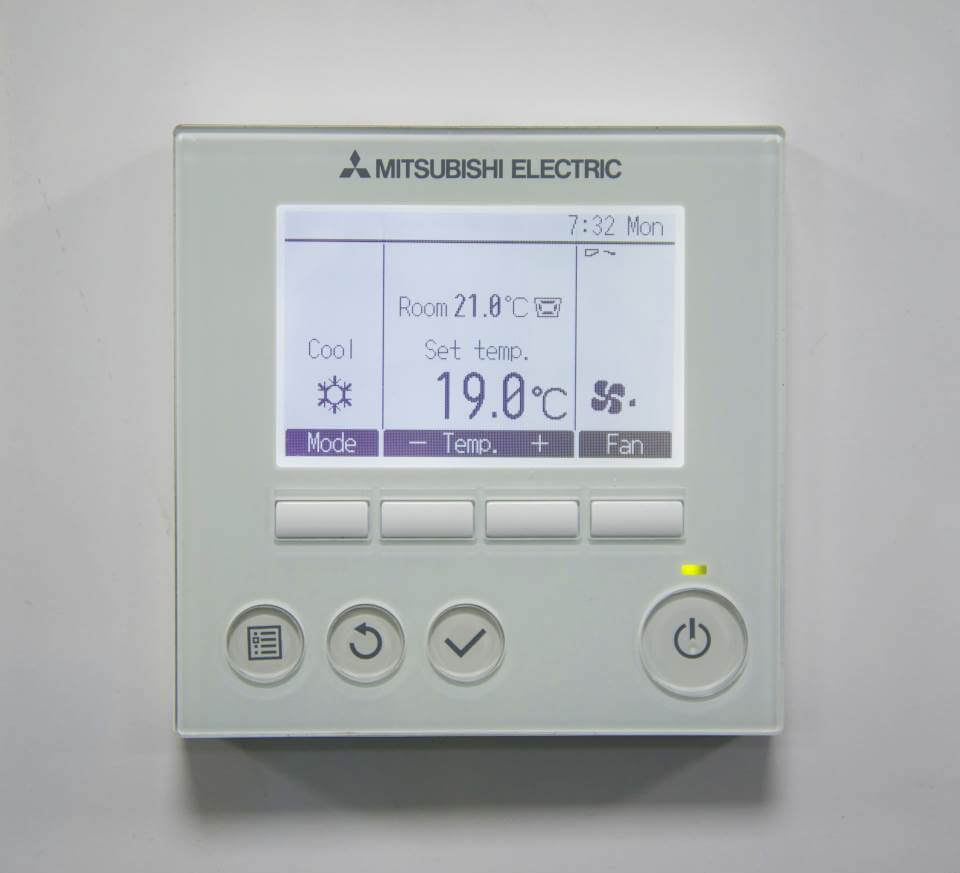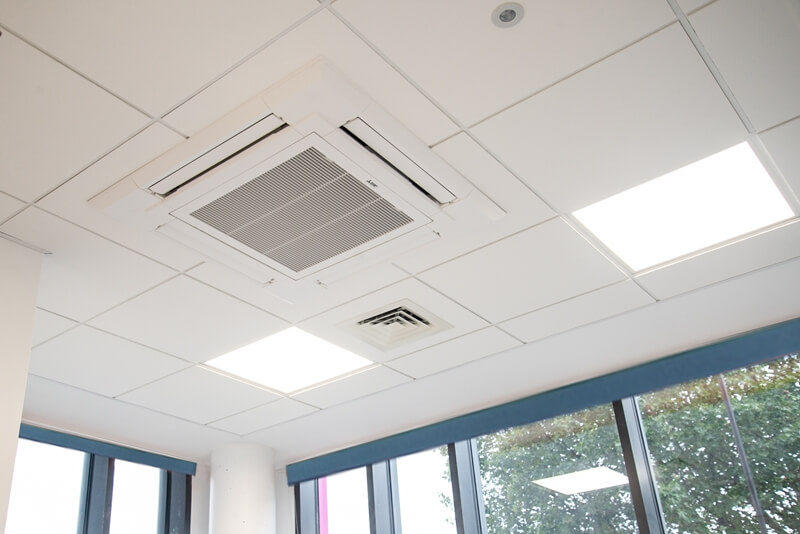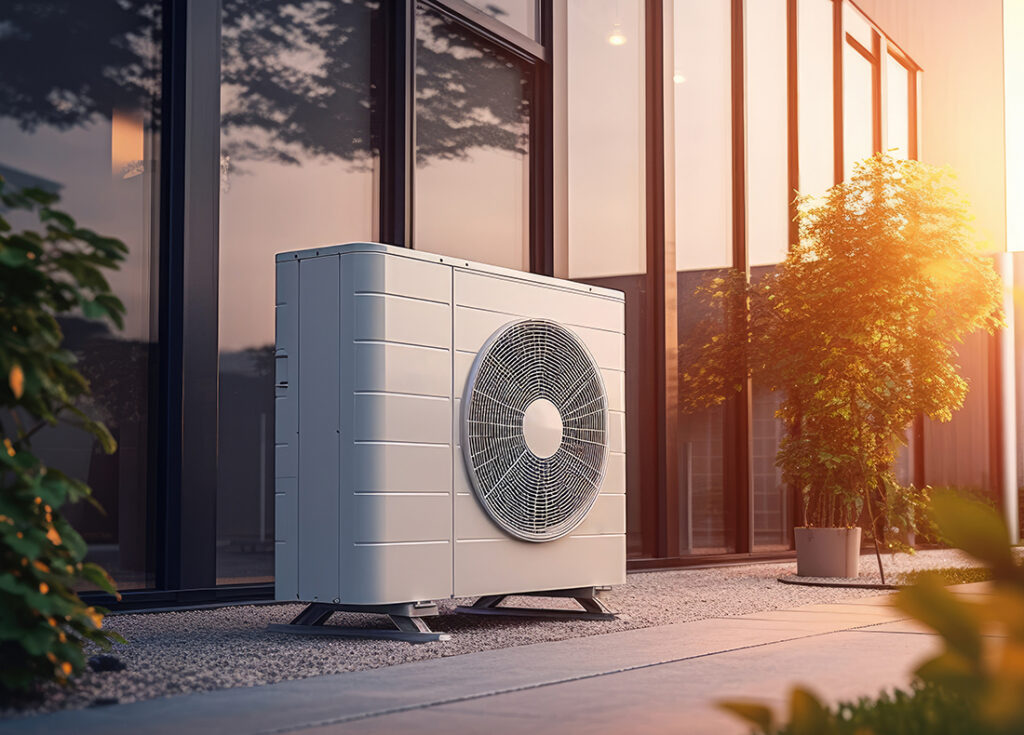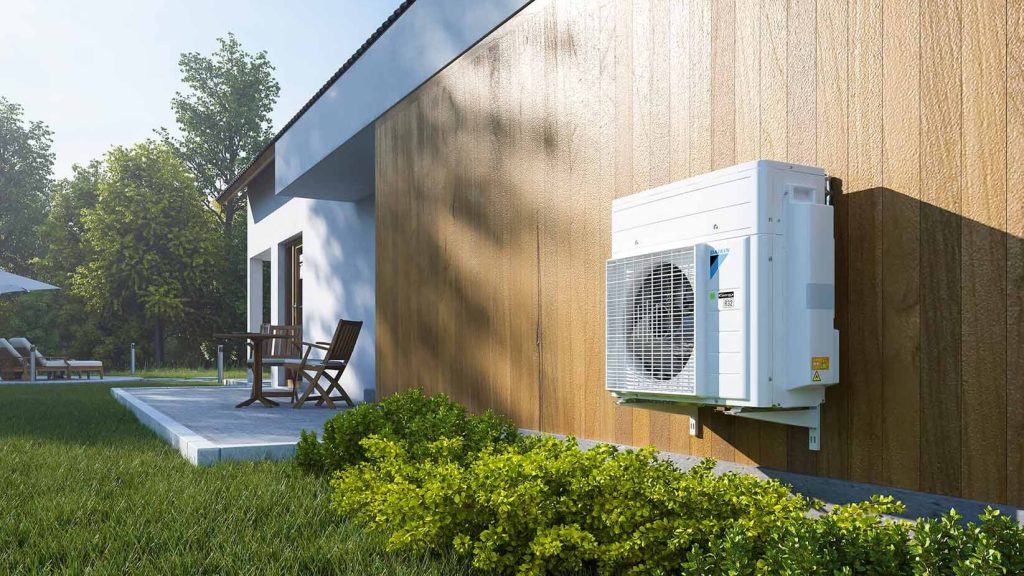Heatwaves Make UK Buildings Unbearably Hot

Estimated reading time 11 minutes
As the temperature in the UK continues to soar and heatwaves are predicted, the Met office has issued another extreme heat warning just a few weeks after the previous extreme heat warning was issued.
Met Office Deputy Chief Meteorologist Dan Rudman says: “Thanks to persistent high pressure over the UK, temperatures will be rising day-on-day through this week and an extreme heat warning has been issued. Temperatures are expected to peak at 35°C on Friday and Saturday, or even an isolated 36°C on Saturday. Elsewhere will see temperatures widely into the high 20s and low 30s Celsius. Coupled with the high daytime temperatures there will be some warm nights, with temperatures expected not to drop below the low 20s Celsius for some areas in the south.”
UK Weather
The UK is not usually known for extended high temperatures and certainly not for extreme temperature heatwaves. As a consequence, the majority of UK building stock, both commercial and residential, has not been designed to withstand the heat that the UK has been experiencing over the recent months.
According to the Met Office the central mean temperature across England recorded between 1659 and 2021 has been rising since the 1980s. The State of the UK Climate 2021 report shows that the most recent decade (2012 – 2021) was 0.2°C warmer than 1991 – 2020 and 1°C warmer than 1961 – 1990.
A BBC report “Weather of the future: Scientists predict UK climate change” suggests that temperatures could be up to 5.4C hotter by 2070, while winters could also be up to 4.2C warmer. The Met Office’s “plausible” prediction for 2050 can be seen on their page “Future weather forecast for the year 2050” where temperatures are likely to hit 40°C as standard.
Do UK Buildings Have Measures To Deal With the Heat?
Despite the ever increasing temperatures and predicted heatwaves in the UK very few domestic buildings have appropriate measures in place to deal with the heat. In a paper published by BEIS – Department for Business Energy and Industrial Strategy called “Cooling in the UK” it states that the Energy Follow Up Survey 2011 estimated that approximately 3% of households surveyed have some form of portable or fixed cooling unit. BSRIA (2017 and 2020) estimates that around 5% of homes currently have some sort of cooling solution, mostly portable cooling systems, with permanently installed systems being in the minority.
In the commercial sector air conditioning is more prevalent. The report found that “the largest energy consumption relating to cooling is found in the office sector which accounts for around half of the non-domestic energy consumption for cooling and humidification in the UK; most of this is private offices (accounting for 44.0% of total consumption). After offices, the next highest proportion of cooling demand is the retail sector at 18.8%, with small shops consuming 10.8% of this sector’s total.”
Are UK Buildings In Danger of Becoming Unusable In Heatwaves?
According to an article in the Landlord Zone Chris Bennett co-founder and managing director of consultancy Evora, a professional real asset sustainability consultancy says “Many UK buildings are in danger of becoming unusable in heatwaves. The climate emergency has huge, long-term implications for the real estate market.”
Landlord Zone goes onto say that there increasing evidence that overheating is on the up in buildings without air conditioning especially in offices where glass plays a predominant role in the design and in older homes during heatwaves. Given that the thermal design of buildings has centred around the retention of winter heat it’s no surprise that the majority of UK buildings are not bult to withstand summer heatwaves.
Henrik Schoenefeldt, professor of sustainable architecture at the University of Kent says “Our city centres are dominated by glazed steel skyscrapers – giant airtight greenhouses that trap the sun’s heat. It is only by providing air conditioning that enables people to live and work in many of these “glass palaces” – typically high-rise blocks facing south – that are becoming wholly unsustainable environmentally.”
Keeping Cool Challenges
A Guardian article entitled "‘A lot of challenges’: can housing industry build homes habitable in high temperatures?" also attests to the fact that “the country’s housing stock is woefully unsuited to heat.” The article explains that much of the UK housing stock dates back to a time where the priority was to protect from colder weather rather than from the heat. This includes most new-build properties which have also not been built for the high temperatures the UK is currently experiencing.
This is backed up by a report from the Climate Change Committee’s Independent Assessment of UK Climate Change which found that more than 570,000 homes had been built since 2016 that were not resilient to high temperatures and a further 1.5m homes that are due to be built in the next 5 years haven’t been designed to be heat resilient.
Property Industry Eye published an article in July 2022 “Office to residential conversions pose increased heatwave risk” which reports that Zurich UK, the insurance, pensions and savings company, reported planning figures which showed a jump of 20% in office to residential conversions in England in 2020. Zurich UK believe this could lead to a rise in “homes suffering from overheating, with many unfit for future climate conditions” as many of the conversions have been very poorly designed and don’t provide adequate shading and ventilation.
From the reports above and many other reports it’s clear that the majority of UK buildings have not been built to keep out the heat or to keep their inhabitants cool and future building developments also lack heat resilient designs.
Risk To Health, Well-being, and Productivity
Aside from being generally uncomfortable in the heat, high temperatures can affect health, well-being and productivity. The most common reaction to high temperatures is heat exhaustion which can cause increased thirst, headaches, dizziness and fainting. When the body temperature goes above 40.6C heat stroke occurs. Heatstroke can lead to long-term health issues or even death if not treated quickly. Heat stroke symptoms include a high temperature as well as confusion which can then lead to unconsciousness. The majority of illnesses and deaths caused by heatstroke are due to respiratory and cardiovascular problems. According to UK Health Security Agency heatwaves caused an additional 2,000 deaths in 2020.
The BBC have reported that advisors on climate change believe “Heat-related deaths will triple over coming decades without government action on overheating in our homes”. This is backed by the Climate Change Committee on their “Risks to health, wellbeing and productivity from overheating in buildings” page where one of their key conclusions states “increasingly hot summers could lead to a trebling of health and productivity impacts without additional adaptation.”
How Do You Design Out the Heat and Protect Against Heatwaves?
There are various issues with current commercial and domestic building stock which make building overheating worse. This includes floor to ceiling glass windows in commercial buildings; floor to ceiling windows and bi-folding doors and glass conservatories in residential buildings; and buildings which are south facing can all lead to overheating.
There are various ways to design and build buildings which need to be introduced at the planning and construction stage to tackle the need for building heat resilience. These include:
- orientating and positioning buildings to limit their exposure to direct sunlight
- reducing the amount of glazing including reducing the size of the glass panes used in windows
- installing shutters or shades on windows, preferably outside
- adding heat resistant cladding to the outside of buildings
- adding landscaping to include more trees or green roofs and walls to provide shade
- ensuring good insulation
- using building materials such as stone, brick and concrete to absorb heat by day which can then be released iat night; which in turn will help to even out the building’s heat curve, making it cooler in summer and able to provide warmth in winter rather than using the thin skin and glazed exterior that many current commercial buildings rely on
- installing air conditioning to help to cool the interior or air source heat pumps which can be used to heat and cool residential buildings
With UK temperatures likely to continue increasing buildings which are designed and built to withstand the heat are far more likely to be commercially viable.
Building To Higher Standards
For the most part UK building regulations have focussed on improving energy efficiency and insulation and boiler upgrade schemes replacing gas central heating systems with to air to water source and air to air source heat pumps.
More recently the UK government have added new Part O building regulations which directly address the need to deal with overheating in domestic and other residential buildings such as student accommodation blocks and care homes. The new regulations make it clear that housebuilders should make reasonable provision to limit solar gains in summer and “provide an adequate means to remove heat from the indoor environment.” Published in December 2021 and updated in June 2022 the new Overheating: Approved Document O regulations stipulate what overheating mitigation requirements are acceptable. These include:
- limiting solar gains by fixed devices which provide shade such as shutters, external blinds and awnings and setting a percentage of the floor area that glazing should be limited to
- ventilation louvres in external walls
- the placement of balconies
- shading provided by other buildings or landscaping including trees
- cross -ventilation
- mechanical ventilation or cooling systems (air conditioning)
The new Part O building regulations took effect from 15 June 2022 however developments subject to a building notice, or which have made full plans application or have submitted an initial notice before June 2022 won’t have to comply with the new regulations if building work starts before the 15 June 2023.
Air Conditioning and Air Source Heat Pumps
If your building has becoming unbearably hot during the recent heatwaves there are a number of options available to you to help keep your building cool.
You can choose a heating, ventilation and air conditioning system which is an easy and energy efficient replacement for a traditional boiler ventral heating system and comes with advanced climate controls. There are a range of very affordable options with energy ratings of A+++ which can provide effective cooling (and heating when required) helping you to keep your energy bills down, a much-discussed topic in the press at the moment as the cost of energy living crisis takes centre stage in the news.
An alternative option for residential buildings is an air source heat pump which can supply both hot water and heating. The latest advancements in air source heat pumps means these systems are eco-friendly and energy efficient. A heat pump with a CoP of four produces four times the number of units of heat for every unit of electricity it consumes.
There is also a third option for residential buildings of a hybrid air source heat pump which can be used in conjunction with an existing boiler and central heating system. The hybrid system is ideal for renovations or old gas boiler replacements. It can also be used to connect to an existing gas boiler as add-on solution. In a hybrid system the heat pump usually supplies a “base” load for day-to-day heating and hot water where the boiler is used to top up the hot water requirements when needed or to provide a boost on colder days.
You can get a government grant towards the cost of your air source heat pump installation if you qualify. The Boiler Upgrade Scheme offers up to £5,000 towards air source heat pump installations. The scheme will run for three years but is currently limited to 90,000 homes.
Synecore For Air Conditioning and Refrigeration and Maintenance
Synecore are HVAC contractors and approved installers of the industry’s leading office air conditioning and air source heat pumps. We operate throughout Kent, London and the UK, providing commercial and industrial clients with the very best in air conditioning maintenance.
If you’re looking to install new air conditioning or an air source heat pump, contact our team or call on 01795 509 509. We’ll talk you through your options and provide you with expert advice on the right office air conditioning system for your business.



